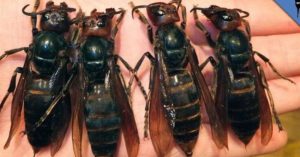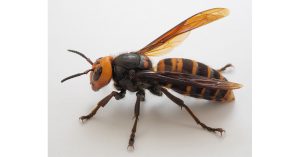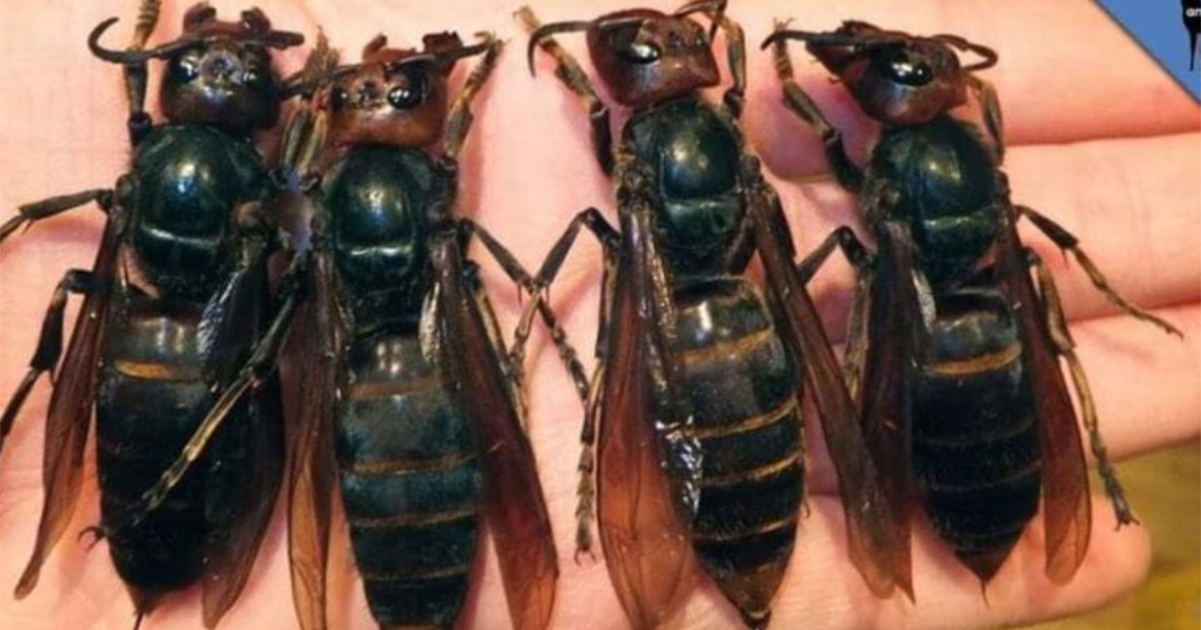Concerns are growing as reports indicate a persistent threat from the Asian giant hornet, commonly known as the “murder hornet,” within the United States. Despite efforts to curb their spread, sightings of these intimidating insects continue to unsettle communities across the nation.

First identified on U.S. soil in 2019, the Asian giant hornet has since maintained a menacing presence, with recent sightings fueling fears among those already uneasy around stinging insects. The last confirmed sighting occurred in Washington in August 2021, adding to the urgency of addressing this invasive species.
Capable of delivering a sting equivalent to the combined force of three to ten yellow jackets, the murder hornet poses a significant threat not only to bee populations but also to humans. Its aggressive nature, coupled with a potent venom, has led to fatalities in rare instances, prompting authorities to take proactive measures.

Named for its destructive ability to decimate beehives, the Asian giant hornet presents a multifaceted challenge. Efforts by the Washington State Department of Agriculture (WSDA) aim to mitigate the spread of this pest, with strategies including the tagging and tracking of captured hornets to locate and eliminate their nests.
While steps are being taken to address the invasion of these dangerous insects, vigilance remains crucial. The potential impact on ecosystems and public safety underscores the importance of continued monitoring and control measures to safeguard communities from the threat posed by the Asian giant hornet.


